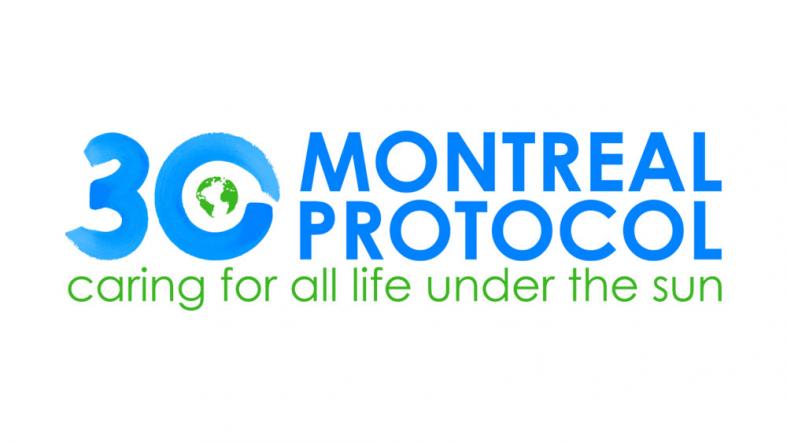Montreal Protocol – Environmental Notes – For W.B.C.S. Examination.
মন্ট্রয়াল প্রোটোকল – পরিবেশগত নোট – WBCS পরীক্ষা।
The Montreal Protocol on Substances that Deplete the Ozone Layer is the landmark multilateral environmental agreement that regulates the production and consumption of nearly 100 man-made chemicals referred to as ozone depleting substances (ODS).Continue Reading Montreal Protocol – Environmental Notes – For W.B.C.S. Examination.
When released to the atmosphere, those chemicals damage the stratospheric ozone layer, Earth’s protective shield that protects humans and the environment from harmful levels of ultraviolet radiation from the sun. Adopted on 15 September 1987, the Protocol is to date the only UN treaty ever that has been ratified every country on Earth – all 197 UN Member States.
The Montreal Protocol phases down the consumption and production of the different ODS in a step-wise manner, with different timetables for developed and developing countries (referred to as “Article 5 countries”). Under this treaty, all parties have specific responsibilities related to the phase out of the different groups of ODS, control of ODS trade, annual reporting of data, national licensing systems to control ODS imports and exports, and other matters. Developing and developed countries have equal but differentiated responsibilities, but most importantly, both groups of countries have binding, time-targeted and measurable commitments.
The Protocol includes provisions related to Control Measures (Article 2), Calculation of control levels (Article 3), Control of trade with non-Parties (Article 4), Special situation of developing countries (Article 5), Reporting of data (Article 7), Non-compliance (Article 8), Technical assistance (Article 10), as well as other topics. The substances controlled by the treaty are listed in Annexes A (CFCs, halons), B (other fully halogenated CFCs, carbon tetrachloride, methyl chloroform), C (HCFCs), E (methyl bromide) and F (HFCs).
The treaty evolves over time in light of new scientific, technical and economic developments, and it continues to be amended and adjusted. The Meeting of the Parties is the governance body for the treaty, with technical support provided by an Open-ended Working Group, both of which meet on an annual basis. The Parties are assisted by the Ozone Secretariat, which is based at UN Environment headquarters in Nairobi, Kenya.
Montreal Amendment
Hydrochlorofluorocarbons (HCFCs) are gases used worldwide in refrigeration, air-conditioning and foam applications, but they are being phased out under the Montreal Protocol since deplete the ozone layer. HCFCs are both ODS and powerful greenhouse gases: the most commonly used HCFC is nearly 2,000 times more potent than carbon dioxide in terms of its global warming potential (GWP). Recognizing the potential benefits to the Earth’s climate, in September 2007 the Parties decided to accelerate their schedule to phase out HCFCs. Developed countries have been reducing their consumption of HCFCs and will completely phase them out by 2020. Developing countries agreed to start their phase out process in 2013 and are now following a stepwise reduction until the complete phase-out of HCFCs by 2030.
In Article 5 countries, this HCFC phase out is in full swing, with support from the Multilateral Fund for the implementation of multi-stage HCFC Phase out Management Plans (HPMPs), investment projects and capacity building activities. Throughout this process, the Parties are encouraging all countries to promote the selection of alternatives to HCFCs that minimize environmental impacts, in particular impacts on climate, as well as meeting other health, safety and economic considerations. For the climate consideration, this means taking global-warming potential, energy use and other relevant factors into account. For refrigeration and air conditioning, this means optimizing refrigerants, equipment, servicing practices, recovery, recycling and disposal at end of life.
Please subscribe here to get all future updates on this post/page/category/website


 Toll Free 1800 572 9282
Toll Free 1800 572 9282  mailus@wbcsmadeeasy.in
mailus@wbcsmadeeasy.in



















































































































